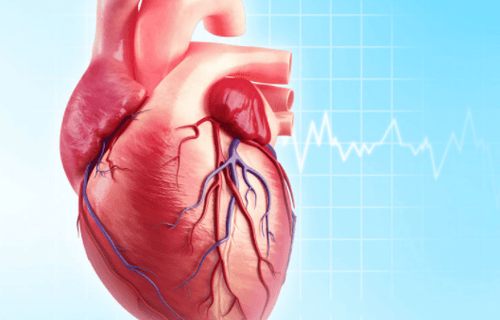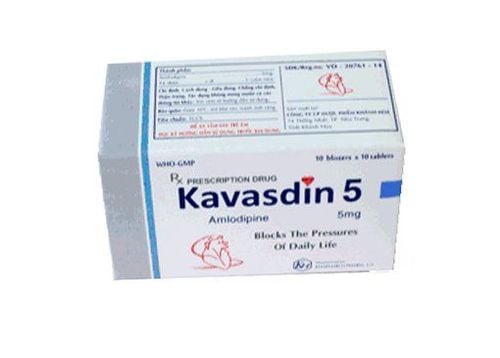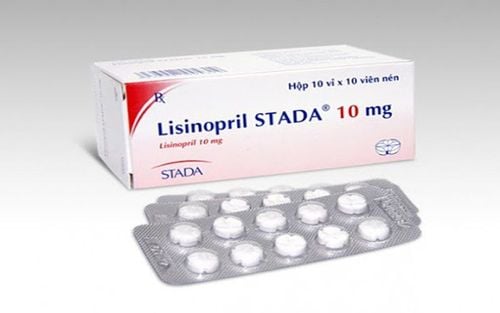This is an automatically translated article.
For patients with cardiovascular diseases, scientists have also found great benefits of exercise in preventing cardiovascular diseases and potentially dangerous events. Strength training with cardiovascular monitoring is one of the stages of cardiovascular rehabilitation, including medical monitoring and supervision.1. Meaning of resistance training with cardiovascular monitoring
Cardiovascular diseases have a high risk of risk, complications, and even death if the process of physical activity is not properly evaluated and performed. Strength training with cardiovascular monitoring is a suitable solution, applied in the period of patients recovering cardiovascular function.2. When is the indication for endurance exercise with cardiovascular monitoring?
Indications apply in the following cases:Coronary artery disease (stable angina, myocardial infarction after stent placement, bypass surgery, patients with heart failure from stage 1 to stage 3). ). Lower extremity artery stenosis and occlusion: asymptomatic occlusive stenosis with systolic pressure index < 0.9, claudication, either after surgery or revascularization. Cardiovascular monitoring in the case of patients with obesity, overweight, dyslipidemia. Level II prevention of cardiovascular diseases: Myocardial infarction, cerebrovascular accident,... Chronic lung disease: Chronic obstructive pulmonary disease, asthma, bronchiectasis, after thoracic surgery, inflammation Interstitial lung disease, pleural effusion,... Contraindicated in the following cases:
Patient has uncontrolled acute coronary syndrome, unstable angina, myocardial infarction within 1 month. Measure heart rate >120 beats/min, systolic blood pressure >180 mmHg or diastolic blood pressure >100 mmHg. Decompensated heart failure. Ventricular arrhythmias, uncontrolled heart rhythm disturbances. There is a blood clot in the heart chamber, the risk of embolism. Moderate, severe pericardial effusion Impedes left ventricular ejection. Systemic diseases (infections, progressive inflammation, diabetes, decompensated renal failure). Severe pulmonary hypertension. Gold IV chronic obstructive pulmonary disease. Uncontrolled acute medical conditions such as decompensated heart failure, decompensated chronic obstructive pulmonary disease, acute dizziness.
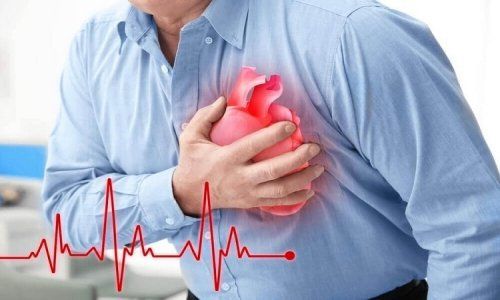
Chỉ định tập sức bền có gắn theo dõi tim mạch với người mắc bệnh động mạch vành
3. Strength training techniques with cardiovascular monitoring
3.1. Performer Rehabilitation specialist Rehabilitation technician, nurse 1 emergency physician is available to handle possible complications. 3.2. Vehicles, tools Bicycle dynamometer, roller mat with display of heart rate and speed. Cardiovascular monitoring equipment: Measure blood pressure, SpO2, chest belt to monitor heart rate, electrocardiogram applied depending on the case. Medicines and emergency facilities: Electric shock machine, ECG recorder, Oxygen, antiarrhythmic drugs 3.3. Proceed to Step 1. Check the patient before exercise Check the pulse, blood pressure, SpO2, wear a heart rate monitor belt, attach the electrocardiogram monitoring electrode to the patient during exercise (depending on the doctor's indications) doctor for specific cases).Step 2. Warm-up Patients must warm up with stretching exercises for 3-5 minutes before performing the main training session.
Step 3. Set the required parameters when exercising Exercise intensity:
The patient's exercise intensity is calculated based on the results of VO2Max evaluation according to the maximum or semi-maximum method (estimated method). ) to ensure that the heart rate during exercise is within the allowable heart rate during exercise.
Average intensity (target heart rate) equal to 40 - 60% of maximum heart rate (at the time of reaching VO2max or at the time of the anaerobic threshold).
Can be calculated by Karvonen formula: Heart rate during exercise = (Maximum heart rate - Resting heart rate) x k + Resting heart rate.
In which, the maximum heart rate is equivalent to the time when VO2max is reached according to the exercise test or equivalent to the time when the heart rate reaches a level that does not increase with exercise, despite increasing the intensity in the semi-maximal VO2max test.
Select the training method and proceed to install the parameters on the machine:
+ Endurance training with constant intensity.
+ Interval training: Increase the intensity of the exercise for a short period of time, then slowly decrease the intensity. For example, first 2 minutes set at 60% VO2Max intensity, then reduce intensity to 20-30% VO2max for 4 minutes.
Step 4. Start strength training Perform exercises according to the exercise regimen and intensity indicated by the doctor, training time is from 15 to 30 minutes, depending on the patient's condition.
Step 5. Set to gradually reduce exercise intensity After exercising for 15 - 30 minutes with the required intensity, the technician will install the machine to gradually reduce the intensity of the exercise (step speed or resistance and maintain the exercise). with this intensity for about 5 minutes),
Step 6. Check the measured parameters of pulse, blood pressure, SpO2 for patients with chronic lung disease. The total number of strength training sessions with cardiovascular monitoring must be at least 20 sessions, each session lasts from 20 to 30 minutes, practicing 3-5 sessions/week.
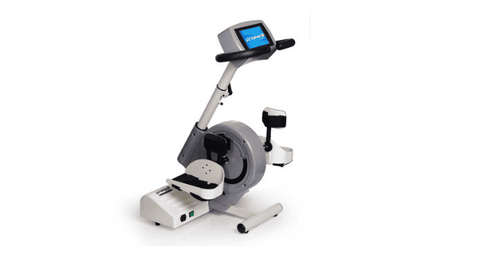
Khi tập sức bền cần chuẩn bị xe đạp lực kế, thảm lăn có hiển thị nhịp tim, tốc độ
4. Note when doing resistance training with cardiovascular monitoring
Technicians need to closely monitor the patient's heart rate during exercise to ensure the intensity of the exercise and assess the weight of the exercise for the patient. Assessment according to the Borg scale (maintain the Borg scale at 11-13 points). Monitor the patient's abnormal symptoms such as chest pain, shortness of breath,... It is necessary to stop exercising immediately if the patient shows signs of arrhythmia, myocardial ischemia. Then, let the patient lie down, breathe oxygen, notify the doctor for treatment according to the protocol. In summary, cardiovascular diseases have a high risk of risk, complications, even death if the process of physical activity is not properly evaluated and performed. Strength training with cardiovascular monitoring is a suitable solution, applied in the period of patients recovering cardiovascular function.Please dial HOTLINE for more information or register for an appointment HERE. Download MyVinmec app to make appointments faster and to manage your bookings easily.
Source: Ministry of Health




